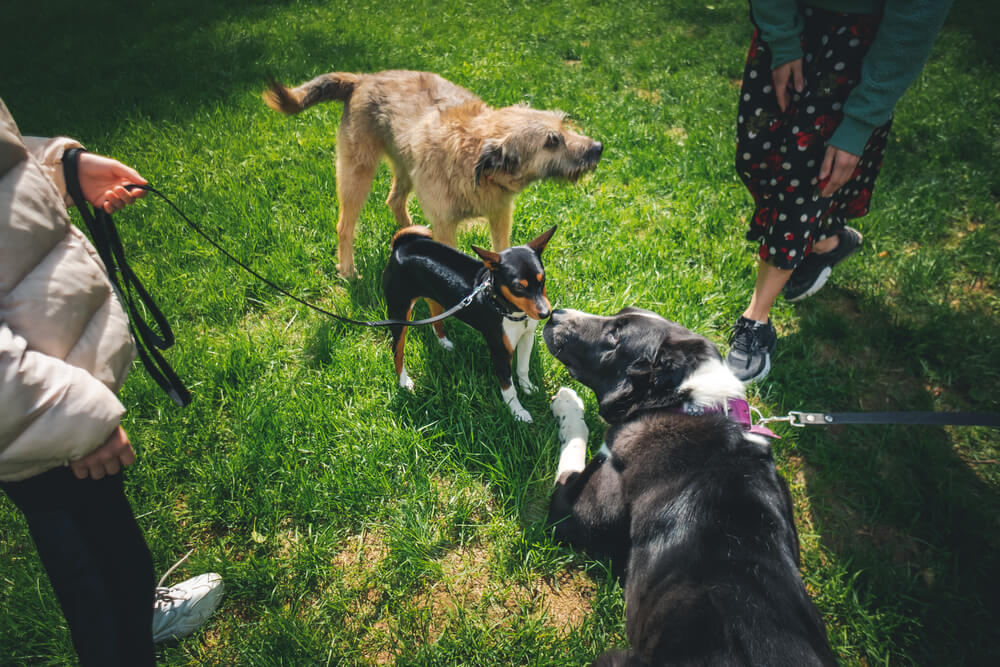Why do some dogs behave well when around their pet owners? Whenever they are asked to sit, stay, walk, or even eat, they do just that, but whenever someone else, like a neighbor, commands them, they do the opposite. Sometimes, they experience fear, or they can become aggressive toward whoever is giving the order, especially when they are in a different environment. There are so many factors that could lead to your pet reacting this way, one of which is proper socialization and training during their early stage. We will discuss the roles’ importance and effects if adequate measures still need to be taken.
What is Socialization, and Why is It Important?
Most dog owners need to understand that socialization comes from an early stage in a dog’s life. Most dogs don’t socialize well in different environments or respond to other people who aren’t their owners. If this is happening to your dog, that means they are situational learners. Socialization is a habit your puppy should be exposed to at an early stage, from three weeks to three months old, depending on the breed. By this stage, your dog is open to so many changes and open to learning them without throwing tantrums. Socializing your dog at this stage also helps boost their confidence, build relationships with others, and curb future negative behaviors. However, it is noteworthy that this training must be done gently, with care, and positively. Your dog is at a fragile stage, so you need to be able to reward them for good behaviors after specific responses. It would be best if you also kept in mind that depriving your pet of these behavioral changes can prove to be detrimental as they grow.
Tips for Effective Socialization
Below are tips that would prove helpful as you train your pet through these dynamic changes:
Maintain Baby Steps
You must always ensure you are not too hard on your dog every time they behave in a negative way around strangers. Just like you, they have emotions, so you need to be patient enough with them as things progress. You can start by taking them to small gatherings and notice how they respond to touch, kisses, and smudges. This way, you get to understand their behavior better.
Normalize Collar Grabbing from Strangers
Even as humans, we don’t like to be caressed unnecessarily. Most dogs are always grabbed by the collar whenever they are about to do something wrong or go in the wrong direction, and they are already used to it. It would help if you normalized grabbing their collars without them doing harmful things, and you can do so by handing their collar to strangers so they can feel it is something fun to do.
Recognize their Fears and Anxiety
Aside from throwing tantrums, below are ways your puppy can display their fear and anxiety. By recognizing this, you can help them build on this.
- Yawning when not tired
- Avoiding treats even for good behaviors
- Unnecessary panting
- Licking of lips in the absence of food.
These behaviors and attitudes are key indicators that you should always watch out for during socialization training or classes. So keep your eyes wide open.
Contact Leader of the Pack for Professional Help
At Leader of the Pack, we offer socialization, obedience, and behavior training to dogs. Professionals teach our classes, so you don’t need to worry about how they handle your dog. For more recommendations and advice, contact Leader of the Pack by calling (617)296-1711.
